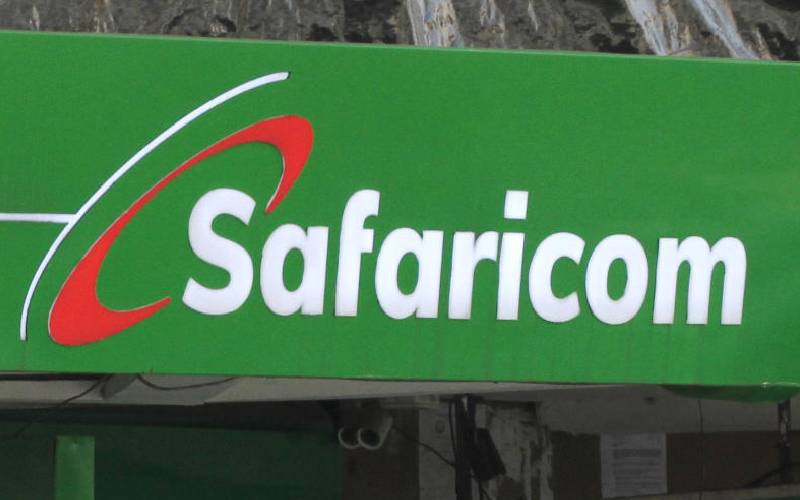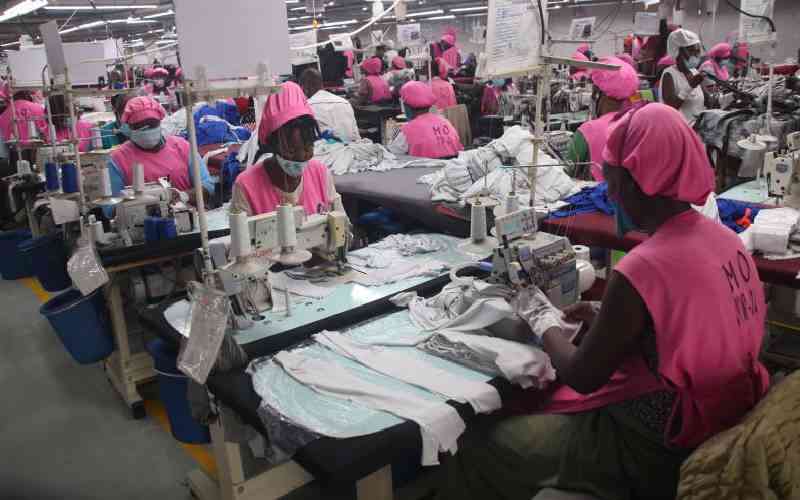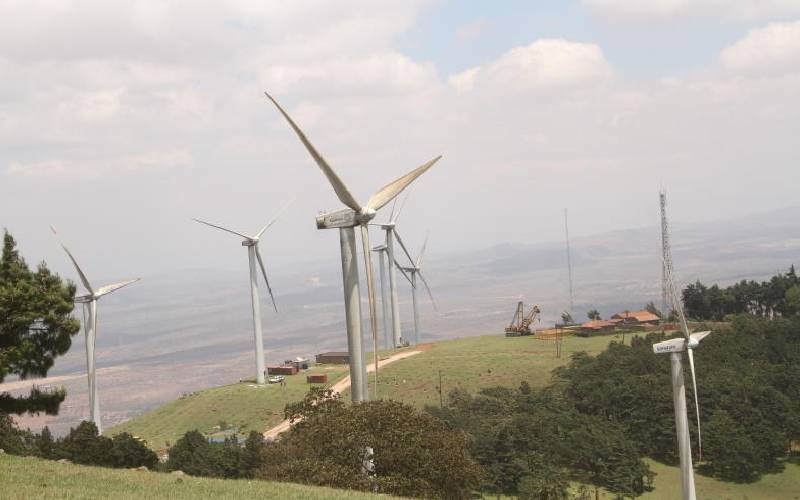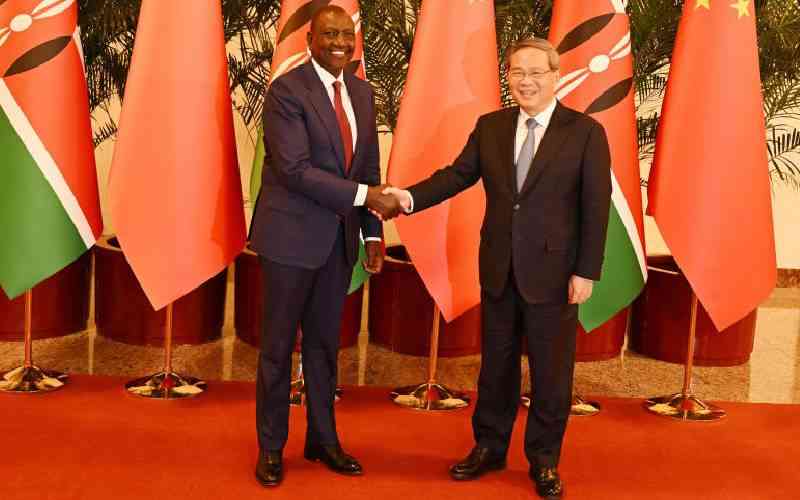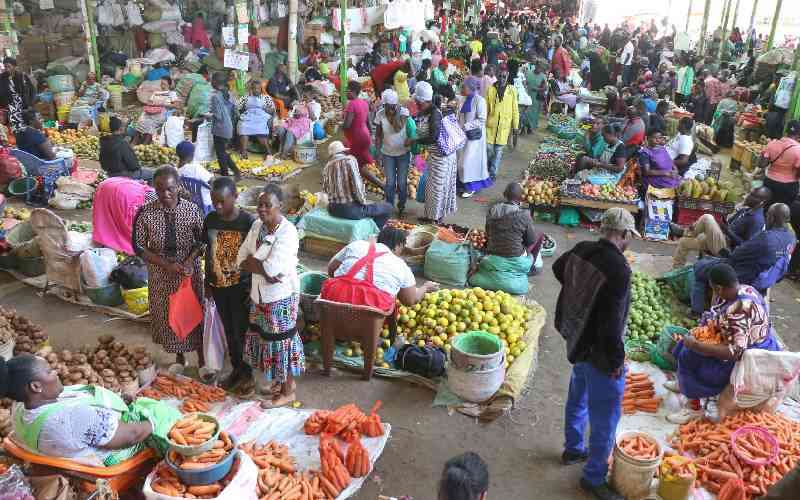×
The Standard e-Paper
Home To Bold Columnists
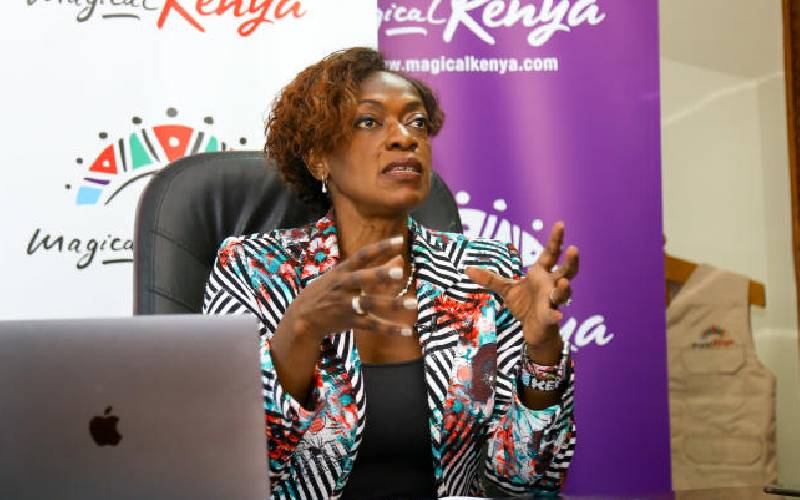
Kenya Tourism Boar CEO Betty Radier.
Since the onset of the Covid-19 pandemic in March last year, tourism has not only been one of the most battered sectors but perhaps also one of the most resilient.
